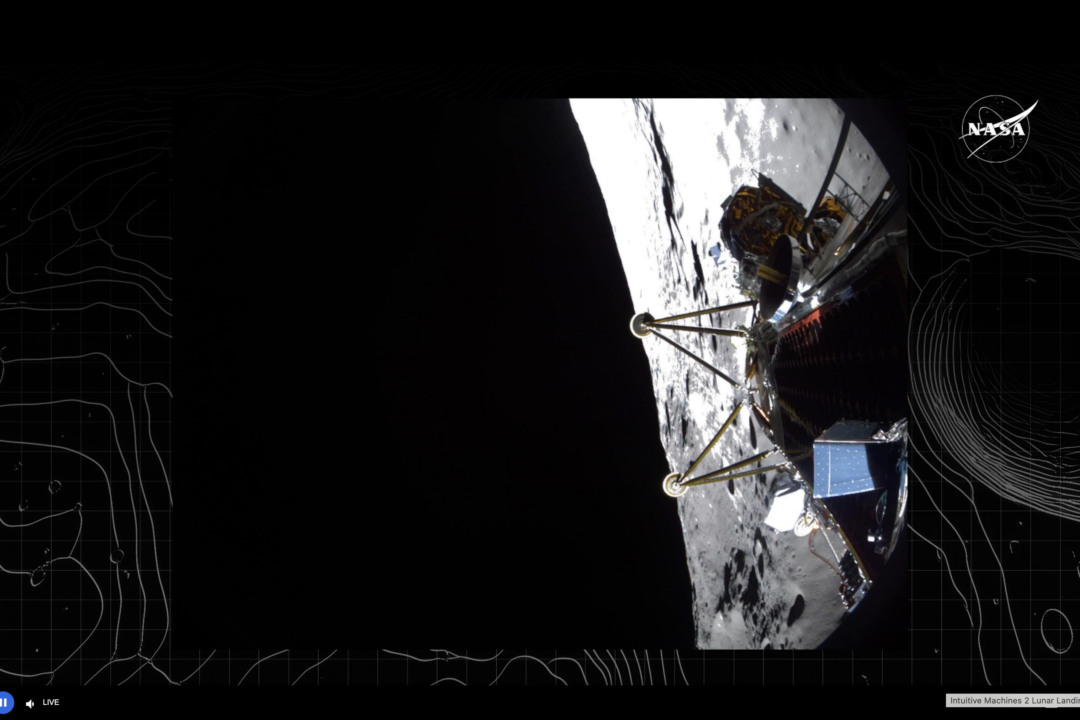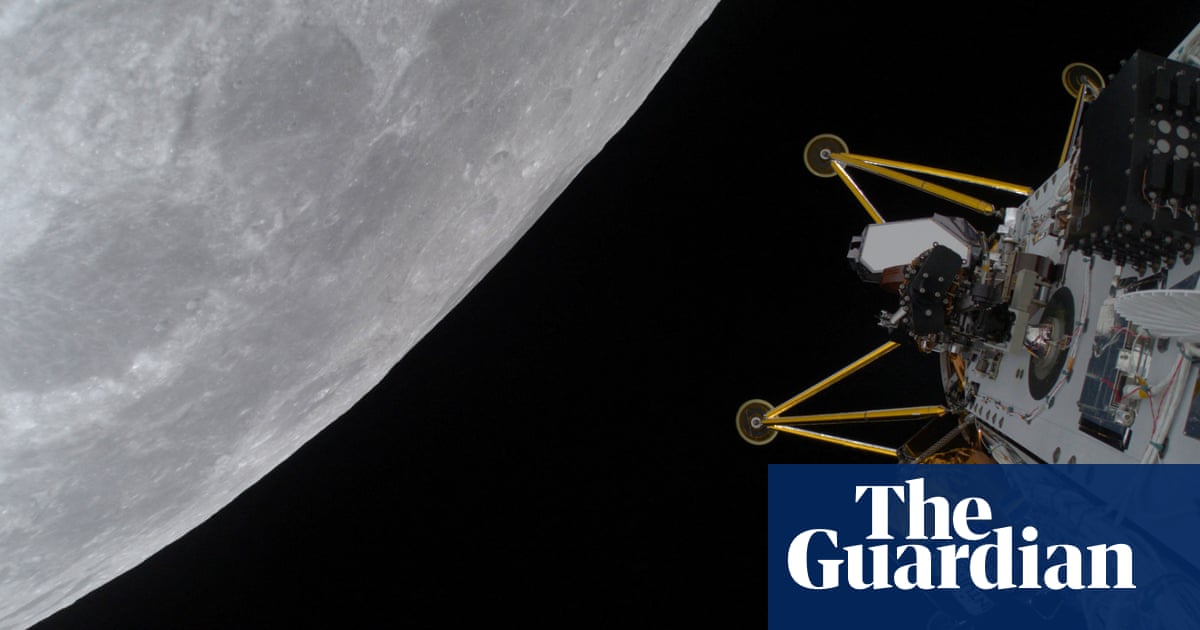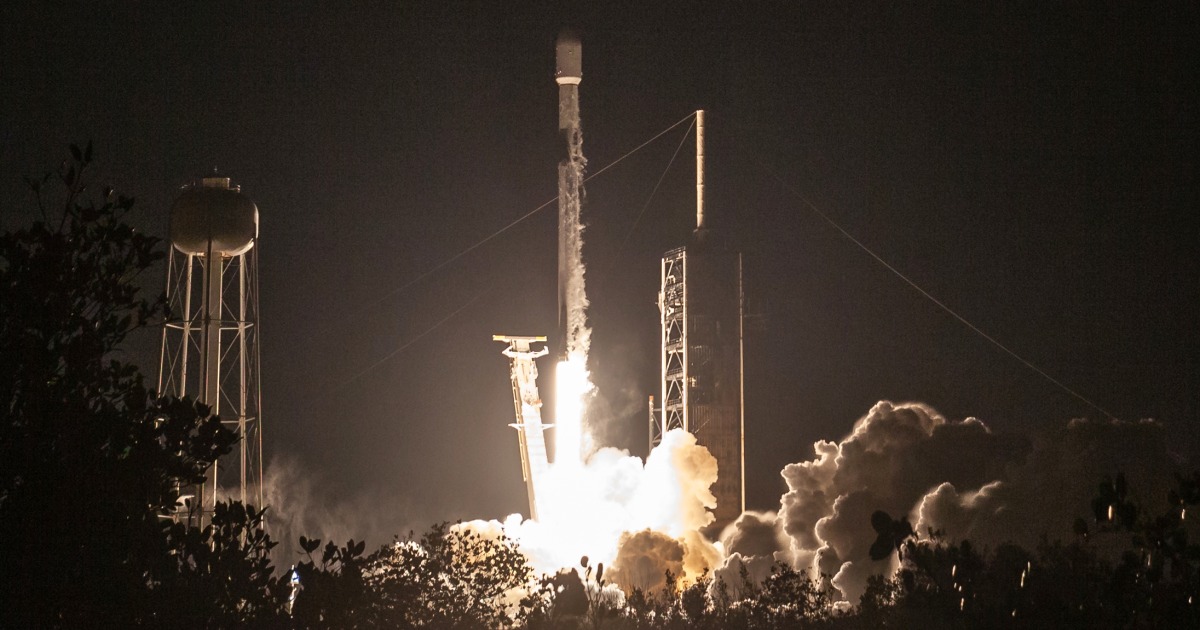Athena Lander Touches Down on Moon's South Pole, Status Uncertain
Intuitive Machines' Athena lander reached the Moon but lies on its side, complicating its mission's objectives and power generation.
Overview
Intuitive Machines' Athena lander successfully landed on the Moon's South Pole on March 6, 2025, marking the second private lunar landing in a week, following Firefly Aerospace's Blue Ghost. Despite landing near its target, uncertainties about Athena’s orientation persist, with indications that it may be lying on its side, limiting its power generation and mission capabilities. Engineers are working to ascertain its exact position and operational status, while awaiting further data. The mission is part of NASA's $2.6 billion CLPS initiative and aims to explore lunar ice deposits, vital for future Artemis missions.
Report issue

Read both sides in 5 minutes each day
Analysis
- Intuitive Machines successfully landed its Athena lander on the Moon near the South Pole, carrying scientific instruments for exploration and communication, despite facing challenges during the landing process.
- While Athena's landing was confirmed, uncertainties regarding its orientation and position on the lunar surface remain, necessitating close monitoring and data analysis from the mission control team.
- The Athena mission represents a significant step in NASA's Commercial Lunar Payload Services program, aimed at fostering private sector involvement in lunar exploration and preparing for future human missions.
Articles (11)
Center (6)
FAQ
The primary mission objective of the Athena lander is to explore the lunar south pole region, particularly to analyze lunar soil for signs of frozen water, which is crucial for NASA's Artemis program.
The lunar south pole region is significant because it is believed to contain water ice in permanently shadowed craters, which is a vital resource for future lunar missions, including those under NASA's Artemis program.
The Athena lander is equipped with advanced instruments such as a deep-digging drill, a mass spectrometer, two small rovers, and Nokia's 4G/LTE cellular network technology for communication.
History
- 10M

 3 articles
3 articles
- 10M

 4 articles
4 articles









